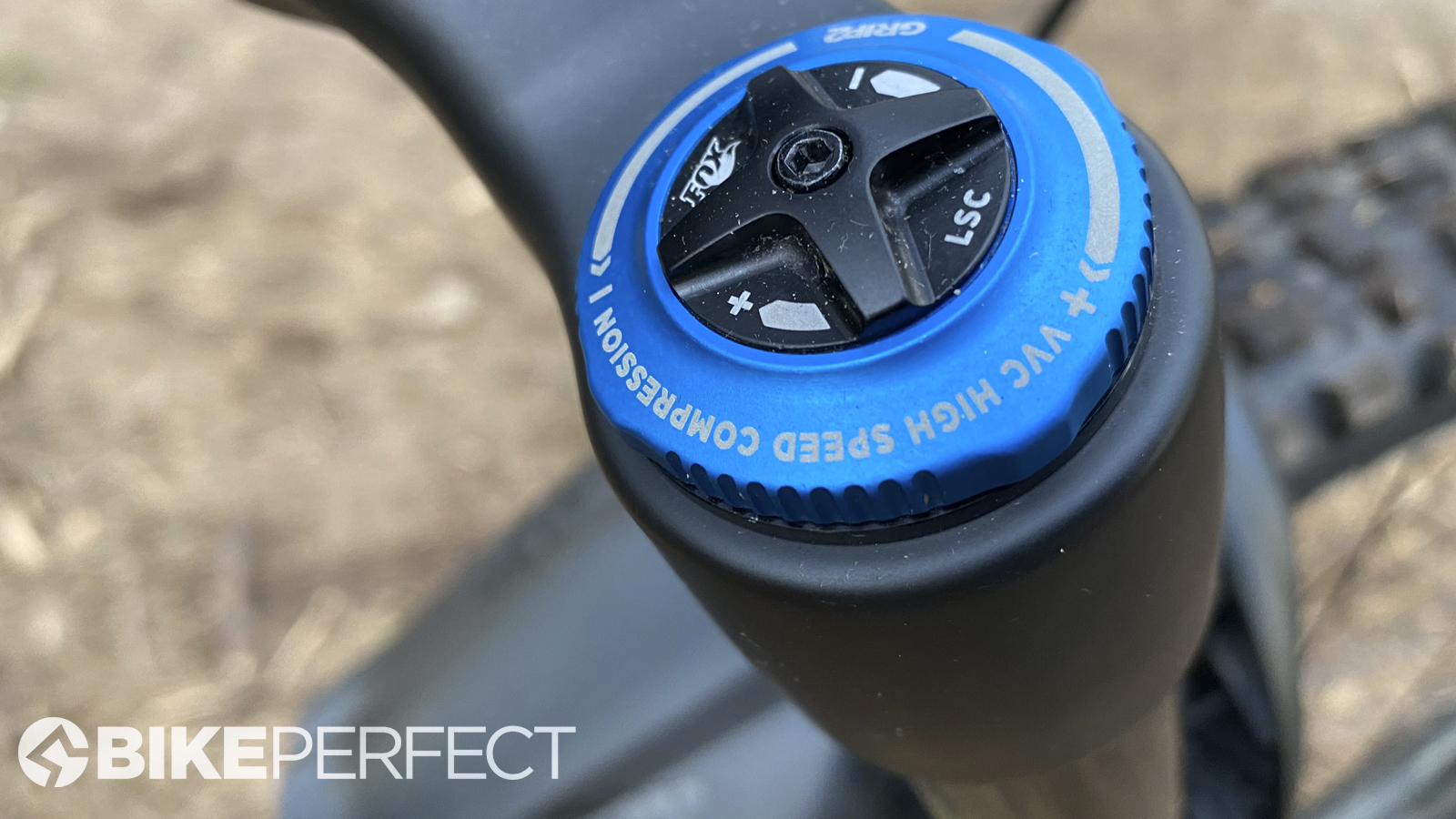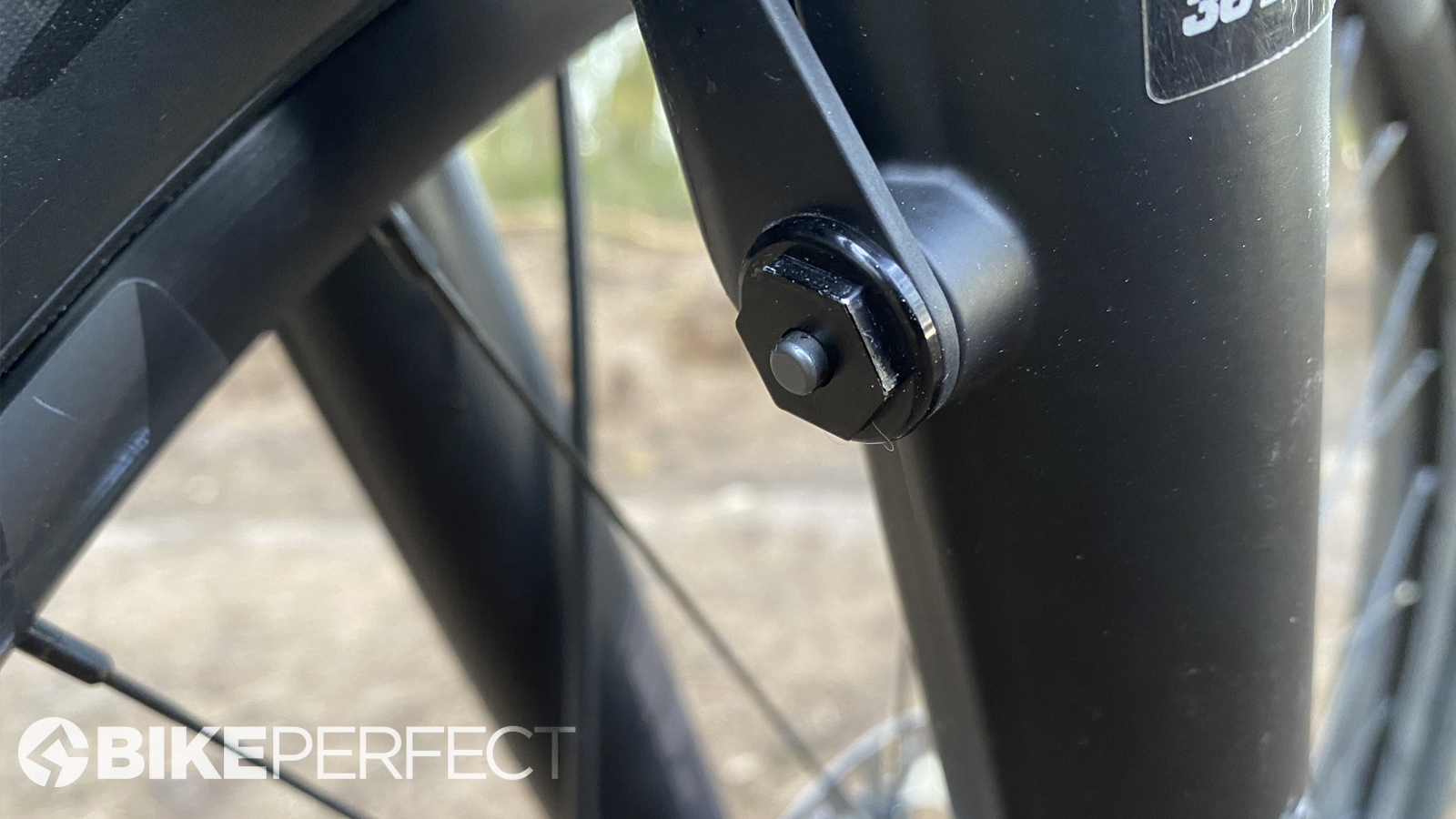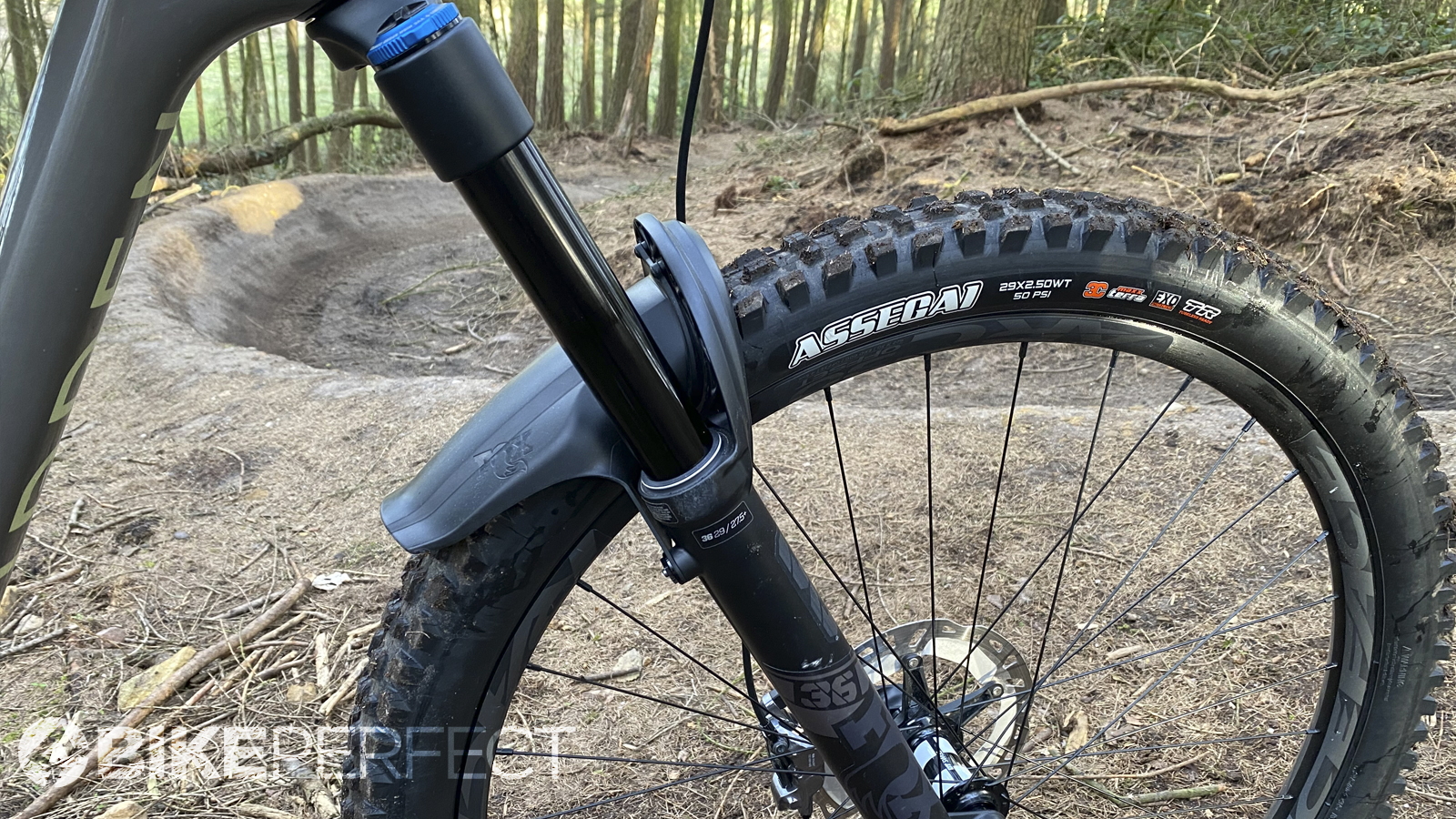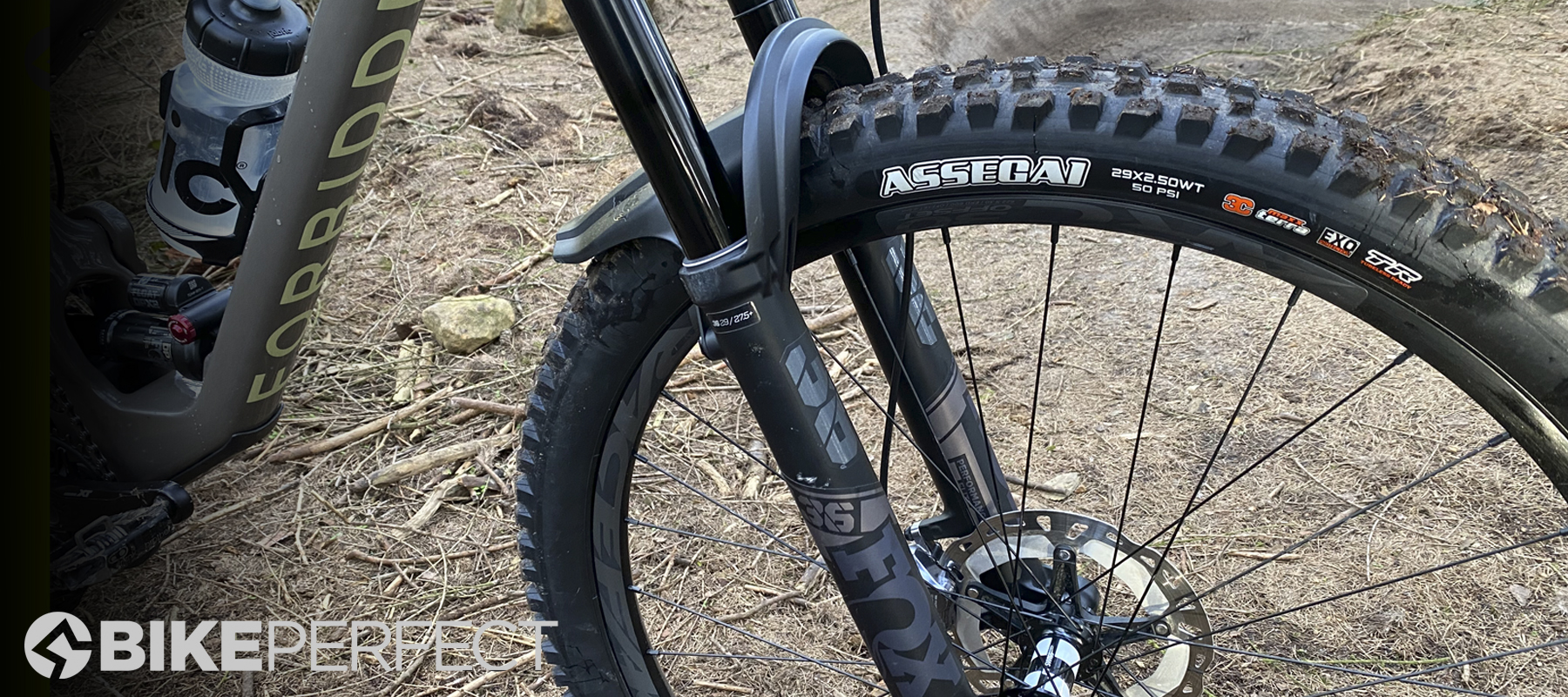Bike Perfect Verdict
Superlative suspension from multiple improvements make the Fox 36 our benchmark aggro trail/All Mountain fork for those who can afford it
Pros
- +
Superlative performance
- +
Ultra supple yet controlled
- +
Full stroke use
- +
More centered adjustment balance
- +
Smoother for longer
- +
Factory feel for 10% less
Cons
- -
Heavier and pricier than RockShox Lyrik
- -
Limited options in Performance Elite
- -
Possibly not as smooth long term as Factory
Why trust BikePerfect
Fox’s 36 had a significant refresh this year, taking many cues from the new 38 fork to make it even smoother and more controlled all day long even on the toughest, longest descents. But is the slightly cheaper Performance Elite just as good on the trail as the Factory version?
- Best mountain bike forks: the best MTB forks for XC, trail, enduro and downhill
- Best XC forks: the best cross country forks for a lightweight, plush ride
Construction
Both versions get the same fresh lower structure including a new rounded brace that bulges forward to clear oversized head tubes. The backs of the legs have external ridges for internal oil channels as well as air bleed valves. The dropouts use the new axle design where the axle screws firmly into the far side leg and then you tighten the clamp bolt in the drive side leg onto a ‘floating’ collar once you’ve cycled the fork a few times to get an accurately inline alignment. As the 36 only comes in shorter 150-160mm versions, Fox has cleared the brake mount for up to 230mm rotors.
Internally you get the same new, increased negative volume EVOL air spring on both PE and Factory versions and the same GRIP2 damper with VVC (Variable Valve Control) leaf-spring-controlled adjustment on the compression shim stack as well as the rebound (where it already was on the previous 36).
Where the forks differ is that you get a black anodized stanchion coating on Performance Elite rather than the Kashima gold of the Factory version. Options are limited, too, with no FIT4 damper option on Performance Elite and only a 44mm offset and 160mm stroke on aftermarket versions. Given that the GRIP2 damper is definitely the better choice for aggressive riders and shorter 44mm offsets are becoming the default even on 29er forks that’s not a big blow. The introduction of the stiffer 38 to cover the longer travel segment makes that a non-issue, too.



Performance
Once you’ve worked out how the new floating axle design works, the new 36 is obviously a serious upgrade on the previous one, especially for lighter riders. The floating axle alignment removes any chance of the fork pinching in and binding as it compresses. That combines with the bigger negative spring volume and the constant recirculation of oil into the seal head from the new bottom-to-top channel to make initial movement super sensitive. Where the old fork could feel like it couldn’t be bothered to respond to small roots, scree and ripples the new 36 is super eager to show just how smooth it can make things. That brings gains in both comfort and traction as the fork sucks onto the ground on either side of the sag point.
While the sag point sits lower than before and noticeably lower than the latest generation Rock Shox Lyrik - the 36’s arch enemy. Any concerns about over-travel or wasted stroke are quelled as soon as you start pushing quicker into corners or braking harder. The GRIP2 damper controls the mid-to-end stroke superbly, keeping the head of the bike up under low-speed loads while the VVC on the high-speed circuit stops any spiking or staccato battering. It’s equally composed on the turnaround and return, too, so however long the hits go on, the fork stays floated and predictable once you’ve set it up correctly.
- Suspension 101: Everything you need to know about your mountain bike suspension dials
- Fox releases redesigned 34 and 34 Step-Cast forks
Unlike previous forks where getting full stroke was a fight for a lot of riders, it’s now available any time you need it to everyone. Lighter riders in less aggressive terrain will want to run it without any volume spacers to get there and heavier, harder hitters will want to prop progression up with extra plastic pucks that are added easily under the air spring top cap - and that’s how it should be.
The new damping spectrum is also more centred for the majority of riders. After years of having to run Fox forks fully open (and feeling like we weren’t really trying hard enough as a result) the existing creep towards a more everyman bandwidth has really shifted for 2021. Even at 70kg, we’re several clicks into the eight high-speed and 16 low-speed clicks on both the rebound and compression circuits. Talking to testers in the more average 80-85kg range, they run the fork pretty much central on the adjusters, again exactly as it should be. The fork is also more forgiving of a less-than-perfect setup than before but you’ll still benefit from experience and/or patience to find the sweet spot.
While feedback on Fox’s new 36 is unanimously excellent, what - if any - difference the Kashima coating makes is much harder to decide. Fox claims slower degradation in performance between servicing and a longer overall wear life for the gold coating, but if that is the case then the difference isn’t enough for us to call it categorically. There is less than a 10% difference in price for iconic aesthetics though and we’d imagine second-hand resale value will definitely tip in favor of Factory, too.

Verdict
Whether it’s worth spending more to get the Factory version is still a moot point, but if the limited Performance Elite options work for you then the performance is genuinely elite. You could throw pretty much any superlative cliche you want into the mix at this point but if ‘floating like a butterfly over the small chatter’, 'sticking like glue on rough staccato trails’, ‘impeccable traction and tire feedback’, ‘berm railing mid stroke’ and ‘super composed control of the ugliest rock fields and deep drops’ are what you pull out of your suspension Scrabble bag, then you’re not going to be wrong.
Also while we’d say it’s the current benchmark for aggressive trail/all-mountain performance. RockShox’s Lyrik is easier to set up for less experienced riders, very very closely comparable in suspension performance as well as being lighter and significantly cheaper. It’s also a lot heavier than Fox’s 34 and RockShox’s Pike if you don’t need Enduro-grade tracking stiffness for your trail riding.
Tech Specs: Fox 36 Float Performance Elite Grip 2 fork
- Price: £1,139 / $1,600
- Stanchion diamter: 36mm
- Weight: 2075g (150mm travel, 29er)
- Travel: 160mm
- Offset: 44mm

Guy Kesteven has been working on Bike Perfect since its launch in 2019. He started writing and testing for bike mags in 1996. Since then he’s written several million words about several thousand test bikes and a ridiculous amount of riding gear. He’s also penned a handful of bike-related books and he reviews MTBs over on YouTube.
Current rides: Cervelo ZFS-5, Specialized Chisel, custom Nicolai enduro tandem, Landescape/Swallow custom gravel tandem
Height: 180cm
Weight: 69kg

